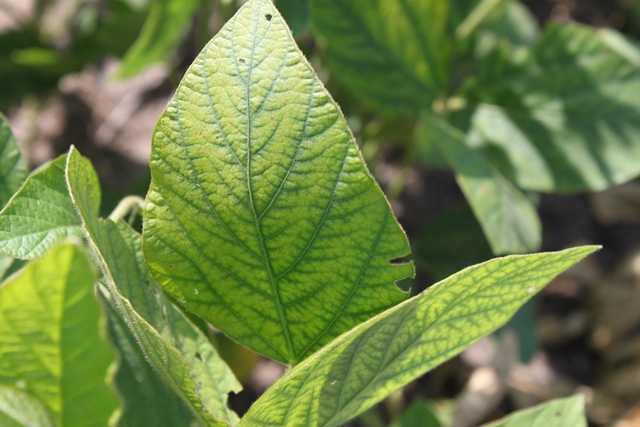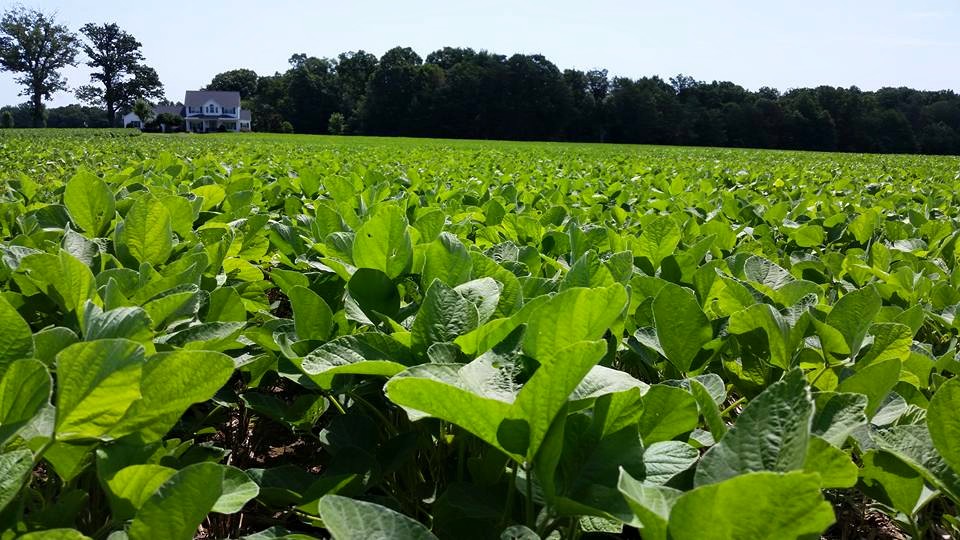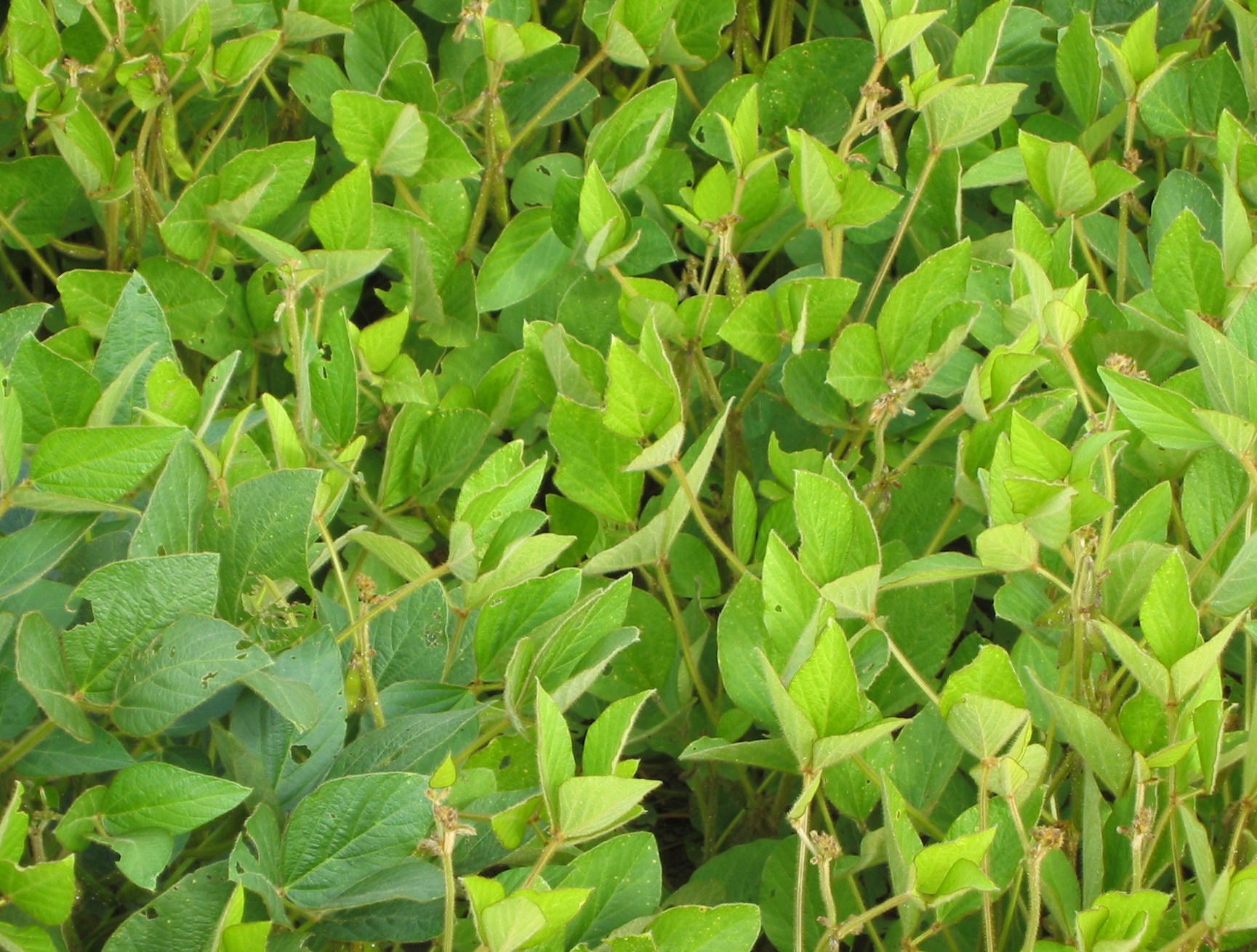The high prices over the last few years have allowed many of us to experiment with certain practices that, at best, might occasionally increase yields. The return of investment usually only required one bushel (or less), depending on the input. But that was when soybeans were $13, $15, and even $17 per bushel. But now, you may be able to sell your crop for $10-11 (if you still have any in storage) and the future prices are reflecting record acreages.
So, it seems that I’ve been asked, “Should I apply a foliar feed to my soybeans?” more this year than in the past few years.
First, I still stand by what I’ve said in the past and still say today: “Feed the roots and not the foliage.” Soybean will remove 3 to 4 lbs of nitrogen, 0.8 lbs of phosphorus, and 1.4 lbs of potassium per bushel of seed produced. These large amounts will need to come via root uptake; it is not economically possible to apply these amounts through the foliage.
But, once the soil needs are met, will additional fertilization help?
First, an application of Manganese may be needed if your soil pH inches much above 6.5.  I’ve even seen Mn deficiencies when the pH is as low as 6.2 (using fall/winter soil test levels) and the soil is “wet natured” or if lime was recently applied. There are also certain varieties that tend to show Mn deficiency sooner than others. So, if you see the characteristic interveinal chlorosis of Mn deficiency or if soybean are growing in a field that typically exhibits such a deficiency, then spray Mn.
I’ve even seen Mn deficiencies when the pH is as low as 6.2 (using fall/winter soil test levels) and the soil is “wet natured” or if lime was recently applied. There are also certain varieties that tend to show Mn deficiency sooner than others. So, if you see the characteristic interveinal chlorosis of Mn deficiency or if soybean are growing in a field that typically exhibits such a deficiency, then spray Mn.
Another issue that I’m seeing this year is a general yellowing of plants, usually just in seemingly random spots in the field. Upon closer inspection, these are usually very wet areas (there are plenty of those this year) or sandy knolls. In the saturated soils, the yellowing is likely due to lack of oxygen and/or poor nodule development. The only cure for lack of oxygen is for the soil to dry out. Poor nodulation is indirectly a response to lack of oxygen – the nitrogen-fixing bacteria have temporarily stopped functioning. But they will recover and provide the nitrogen when the plant needs it the most, when the pods are forming and seed are filling. Will a shot of foliar nitrogen help? Yes, it will green up the plant if lack of nitrogen is the problem. Will this shot of nitrogen (assuming that nitrogen is the problem) increase yield? Maybe. Maybe not. If lack of oxygen is the problem, then probably not. Even if lack of nitrogen is the problem, probably not.
I want to caution everyone to not make assumptions that lack of nitrogen is the problem.
The only way to know for sure is to take a tissue sample. A deficiency that closely resembles nitrogen deficiency is sulfur. On those sandy knolls, I’ve seen sulfur deficiencies. Sulfur will leach just like nitrogen. But, soybean will not produce its own sulfur. A shot of nitrogen would do nothing to help in this case. The take home message is to determine the cause, then act on that information.
But what about other nutrients? What if there is no visual symptoms of nutrient stress? What if my yield potential is very good? My attitude towards this is that it usually won’t hurt (but be careful mixing with other chemicals), so do what makes you sleep better at night. If you think it is helping your crop, then make the application. It’s your money. You know your fields better than anyone. But, I have rarely seen a response to foliar feeds if you have maintained adequate soil fertility levels and have managed the crop for maximum economic yields. Again, yield response to foliar fertilizers is, at best, inconsistent.


